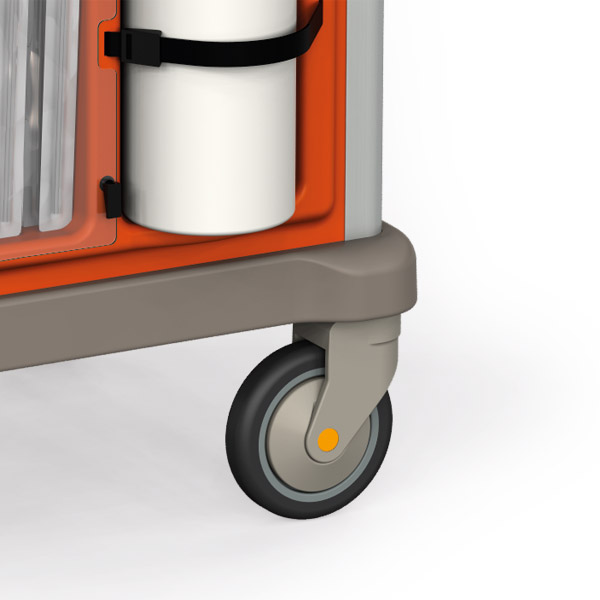 Electronic devices have a very bad relationship with static electricity. A single discharge can be enough to “fry” a very expensive device. In some cases (for example in a laptop) the damage can be repaired, in other cases the object has to be disposed of altogether.
Electronic devices have a very bad relationship with static electricity. A single discharge can be enough to “fry” a very expensive device. In some cases (for example in a laptop) the damage can be repaired, in other cases the object has to be disposed of altogether.
What happens if the device hit by this problem is a lifesaving defibrillator that has to be working at all times? If the trolley holding the defibrillator gets some static and discharges it on the ground, then no “frying” will occur. And this can only happen if the trolley mounts antistatic castors.
By the way: you might hear the term “conductive”. It is used as a synonym for antistatic. It means the electric charge is conduced to the ground.
How many antistatic castors do you need to ensure the dissipation of electrical charges? In theory 1, in practice 2 to be sure that at least one castor always touches the ground. So why do we get, sometimes, orders for trolleys with 4 antistatic castors? Well… we haven’t got a clue!
One last note: antistatic wheels have a conventional marking. The wheel in the photo is on a PERSOLIFE emergency trolley and is clearly marked with a yellow dot.
